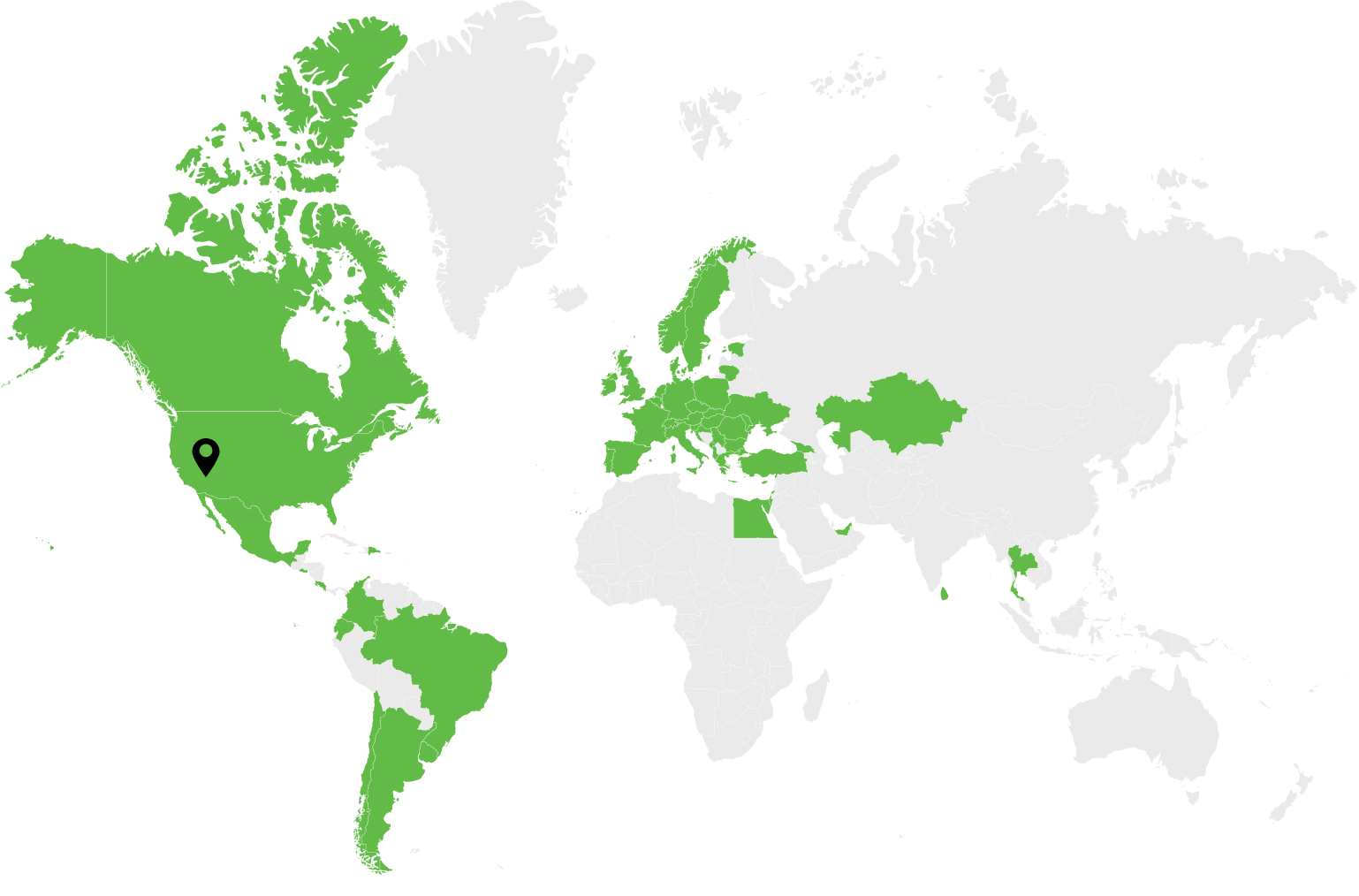According to Deloitte, ‘the U.S. tech workforce is estimated to grow at twice the rate of the overall U.S. workforce over the next decade.” As proof, “job postings requiring generative AI skills recently jumped more than 1,800% in the past year.”
Such rapid growth and change in the U.S. tech space are forcing companies to reevaluate hiring strategies. Working with an outstaffing agency offers immediate access to a global pool of specialized talent. Conversely, in-house hiring often fosters deeper cultural alignment than seen with contractors.
In this article, Dev.Pro looks at outstaffing and full-time hiring through the lens of agility versus alignment, providing a framework to steer your tech hiring strategy.
Outstaffing: Unmatched Agility with IT Hiring
Immediate Access to Niche Expertise
Since outstaffing provides immediate and flexible access to highly specialized talent, it is a compelling option in today’s IT hiring market. Highly sought-after, niche expertise provided by outstaffing firms includes:
- Frontend developers
- Blockchain specialists
- Security experts
- DevOps engineers
- AI/ML specialists
- Cloud infrastructure professionals
Companies can tap into niche expertise precisely when needed, bypassing the months-long search typically associated with traditional hiring. Outstaffing is particularly valuable for addressing technical gaps within an existing internal team or utilizing special certifications only needed for shorter jobs.
Eliminating Geographical Constraints
Outstaffing eliminates the geographical constraints of hiring. With the rapid growth and constant evolution of the U.S. tech workforce, being able to tap skilled, affordable IT talent from Asia, Europe, and South America can be a serious advantage. Expanding your reach enhances the likelihood of finding the exact skill sets you need, especially for highly in-demand specializations like cloud security, Zero Trust frameworks, and ML engineering.
Outstaffing as a Strategic Innovation Tool
Outstaffing allows organizations to bring in specialists like AI engineers at a moment’s notice. In turn, outstaffing offers a strategic advantage in competitive markets where hitting time-to-market timelines can determine success or failure.
Outstaffing does more than simply fill open roles. It helps companies stay competitive with expertise in emerging areas like AI and blockchain that are often slow and costly to develop in-house. Since businesses risk losing 33% of their profits if time-to-market is delayed by 6 months, the benefits of outsourcing are hard to ignore.
Full-Time Hiring: Strong Team Cohesion
Shared Workplace Norms
With full-time hiring, employees tend to share cultural norms and communication styles with the core business. To illustrate, when a U.S. company hires full-time software engineers locally, they are already familiar with norms like business etiquette, shared holidays, and expectations for work-life balance.
To elaborate further, when working with remote team members in the Philippines, U.S. companies face 12-15 hour time differences that limit real-time collaboration. Similarly, differences in cultural norms like communication styles, national holidays, and work ethics may impact team alignment.
Long-Term Commitment & Values
Hiring full-time IT team members promotes long-term employee investment and strengthens company culture. Simply put, it doesn’t make much sense to train contract employees on extraneous topics like business values and leadership development.
Temporary employees generally don’t take part in the team-building activities and charitable works that connect people on a deeper level. This is noteworthy because companies that promote collaborative working are often proven to be higher performing than others.
Cultural Multiplier Effect on Innovation
Hiring in-house teams can also lead to a cultural multiplier effect. A shared sense of purpose and mutual trust enhance collaboration, accelerate problem-solving, and nurture innovation. Especially for long-term projects that demand team collaboration, such deep cultural alignment can be critical for success.
For example, a U.S.-based healthcare software company building a multi-year electronic health records (EHR) platform would benefit from a full-time product and engineering team. Having collaborated through several product cycles, the team would have developed a strong working cadence. In turn, they could make faster, higher-impact decisions than temporary hires unfamiliar with company workflows.
Compare & Contrast: Outstaffing vs. Full-Time Hires
Here are a few key factors to consider when deciding whether to hire in-house or outstaff your next IT project.
Global Talent Pool vs. Local Cultural Fit
- Outstaffing: Taps into a worldwide talent pool. Particularly valuable in markets like the U.S., where developer shortages make local hiring slow and costly.
- Full-Time Hiring: Anchors teams in shared cultural norms, expectations, and communication styles, leading to smoother collaboration.
Speed & Flexibility vs. Stability & Commitment
- Outstaffing: Offers agility to scale teams up or down as project demands shift, without long-term commitments or restructuring costs.
- Full-Time Hiring: Employees are invested in long-term goals, contributing to a cohesive strategy, team loyalty, and overall stability.
Rare Skill-Sets vs. Institutional Knowledge
- Outstaffing: Outstaffing provides direct access to rare skill sets like AI/ML engineering, blockchain development, and Zero Trust architecture.
- Full-Time Hiring: Builds deep domain knowledge about your unique systems, customers, and workflows.
Summary
While outstaffing and full-time hiring pay dividends, optimal talent strategies are never universal across organizations. Rather, your IT hiring strategy should be dynamic and shaped by project scopes, financial resources, and strategic priorities.
Outstaffing allows you to pull in skilled team members from around the world, mix and match as needed, and scale up or down. In-house teams share your company’s values, understand long-term goals, and can work together towards a unified purpose.
The most successful organizations often implement a hybrid approach that combines outstaffing and full-time hiring so they can take advantage of the best attributes of each.
Dev.Pro: The Outstaffing Edge for Tech Teams
While full-time hiring will always have its place in the IT space, outstaffing is a highly effective way to supplement your in-house team when scaling, adopting new technologies, undergoing digital transformation, and more.
With Dev.Pro’s outstaffing services, you can deliver faster, innovate more boldly, and stay ahead of your competitors.Schedule a consultation today!

